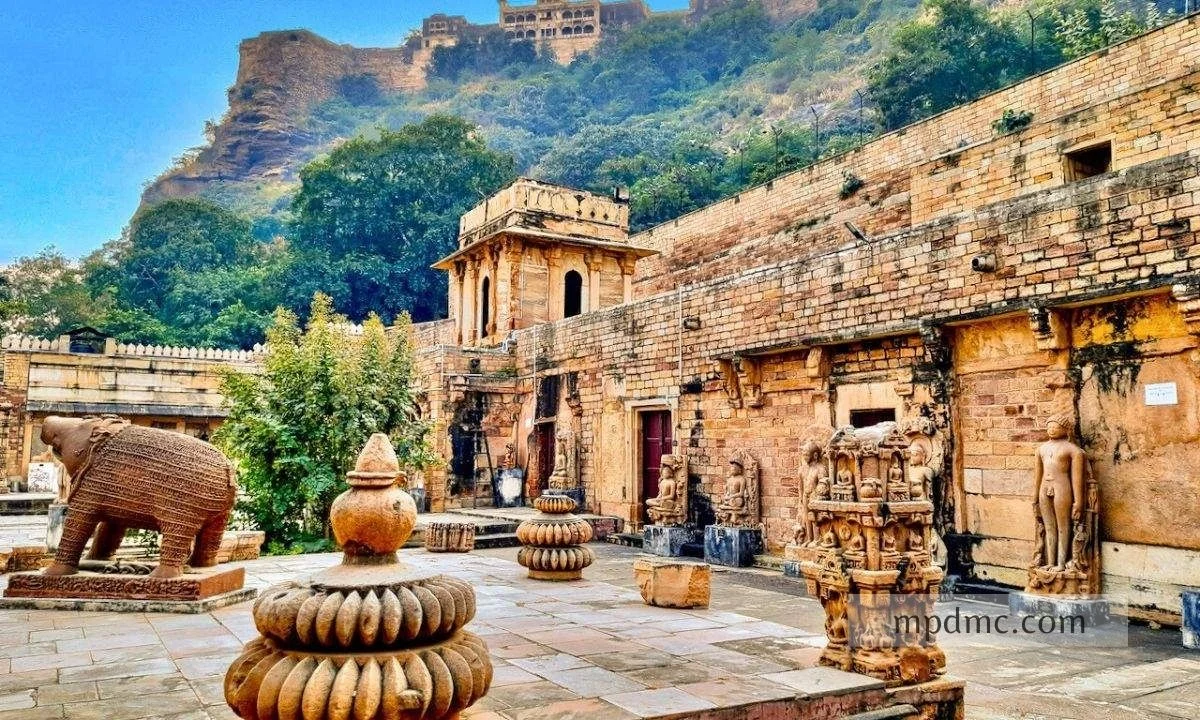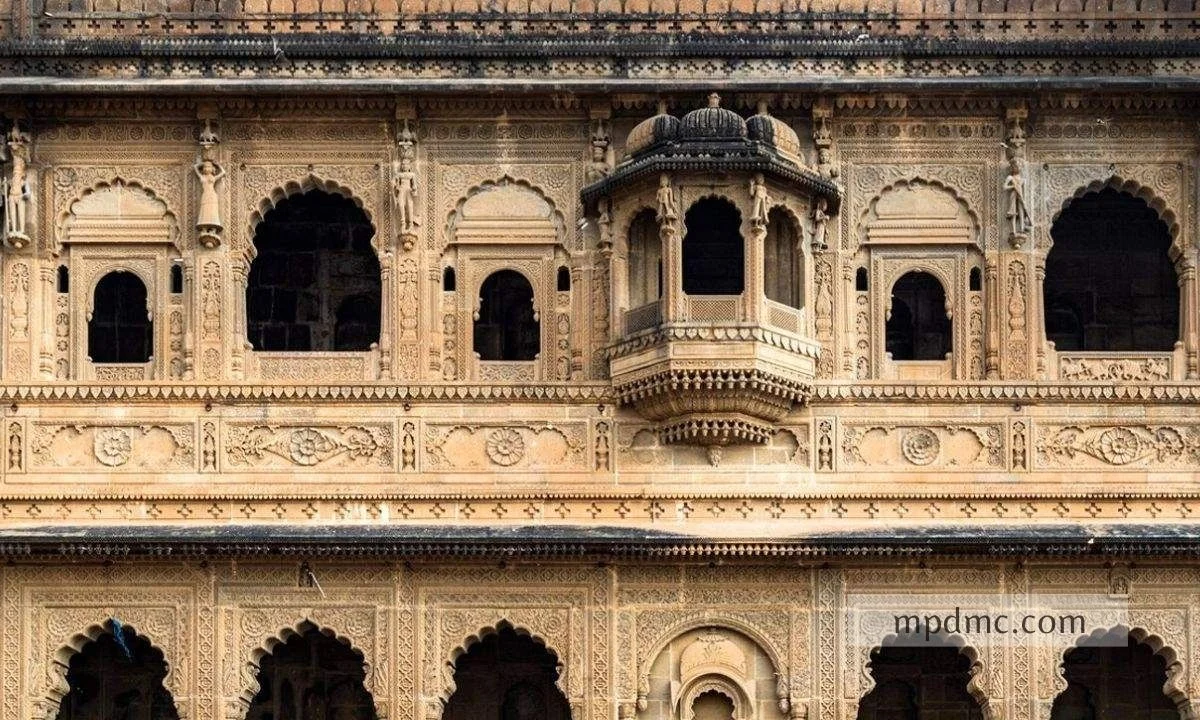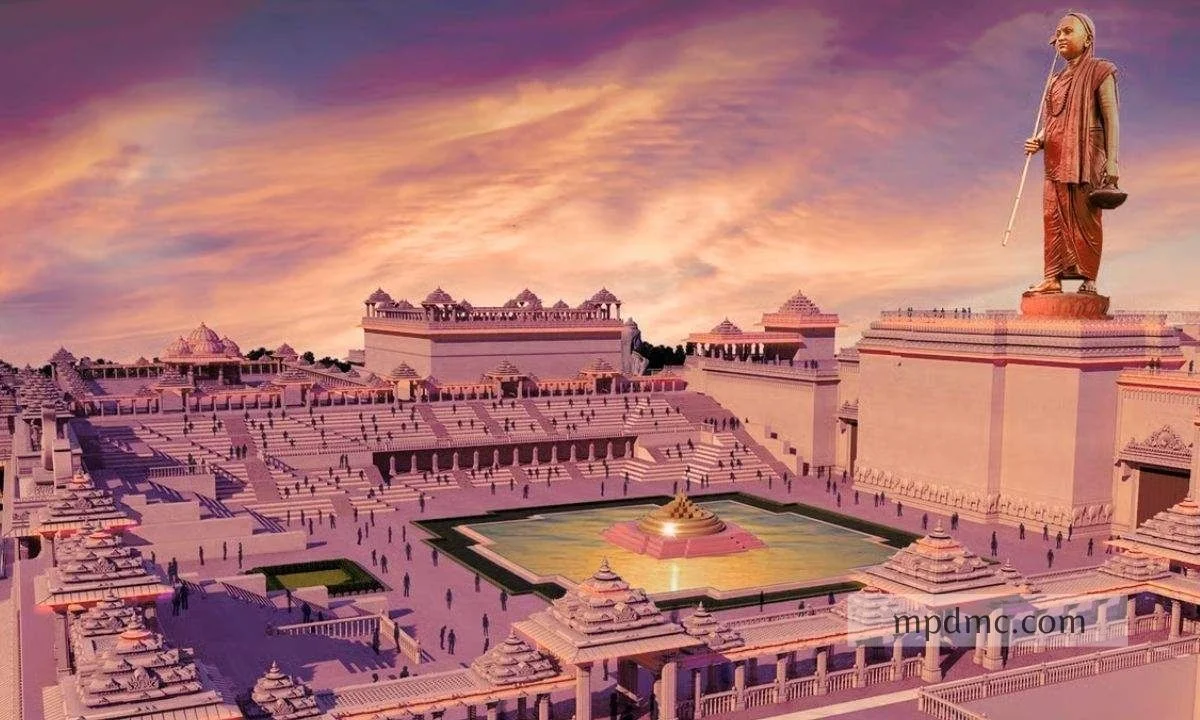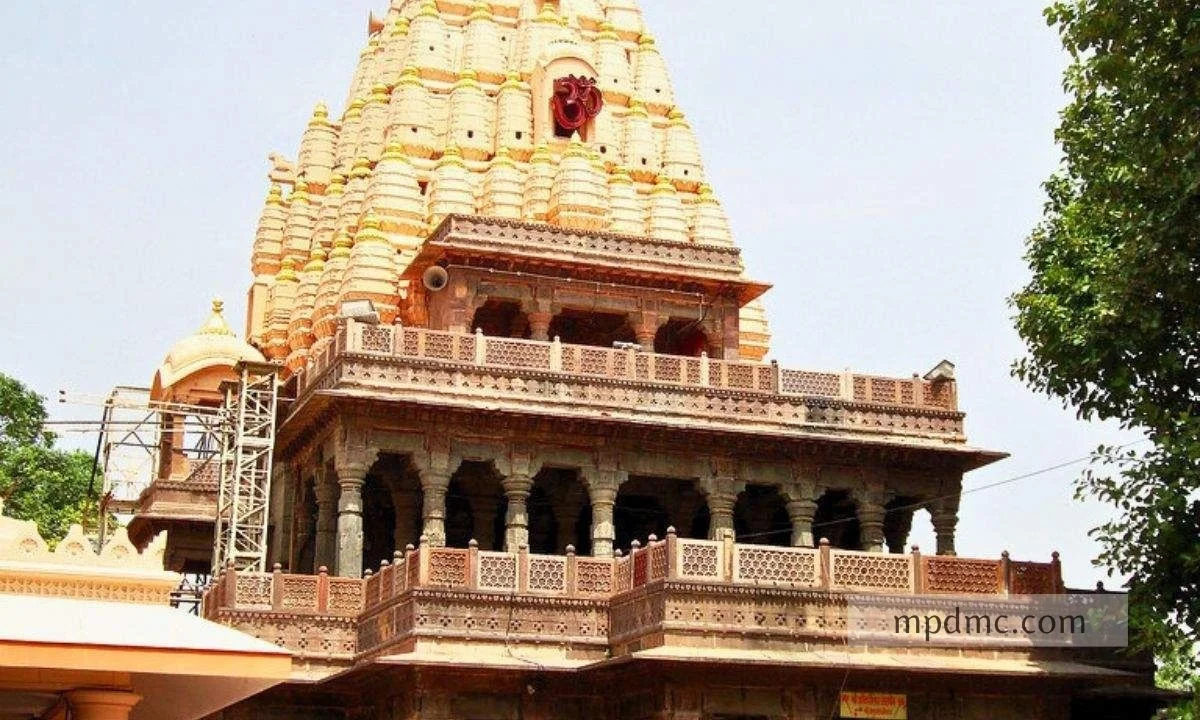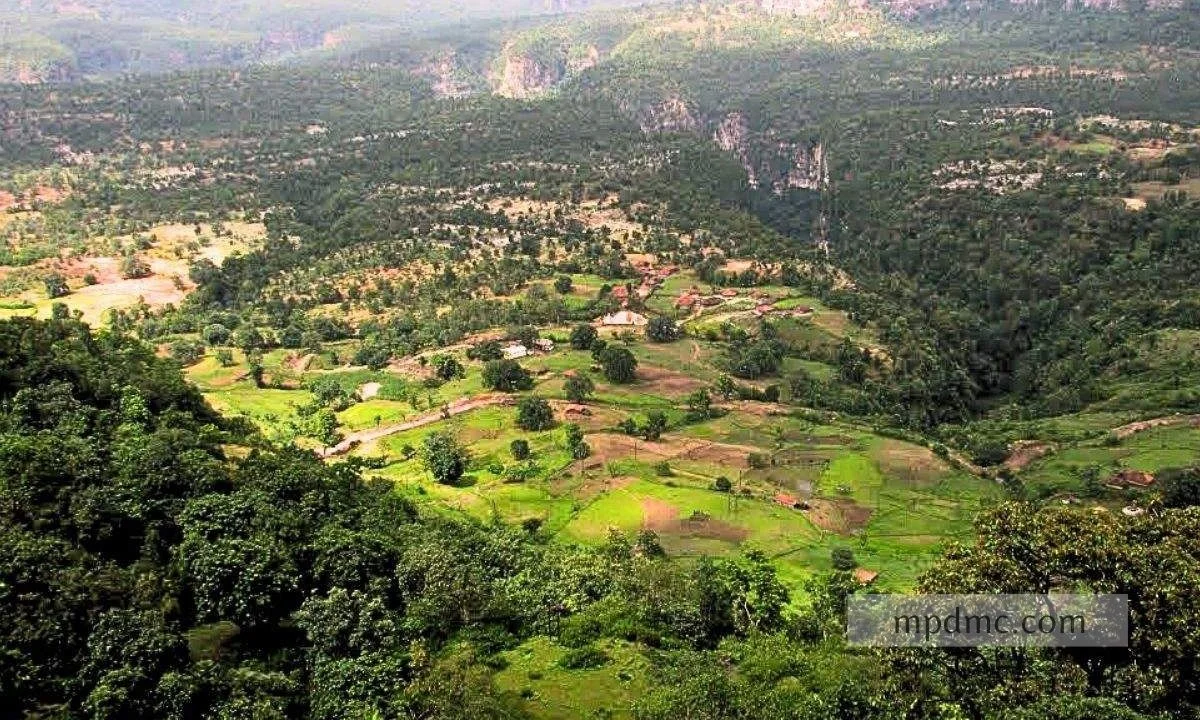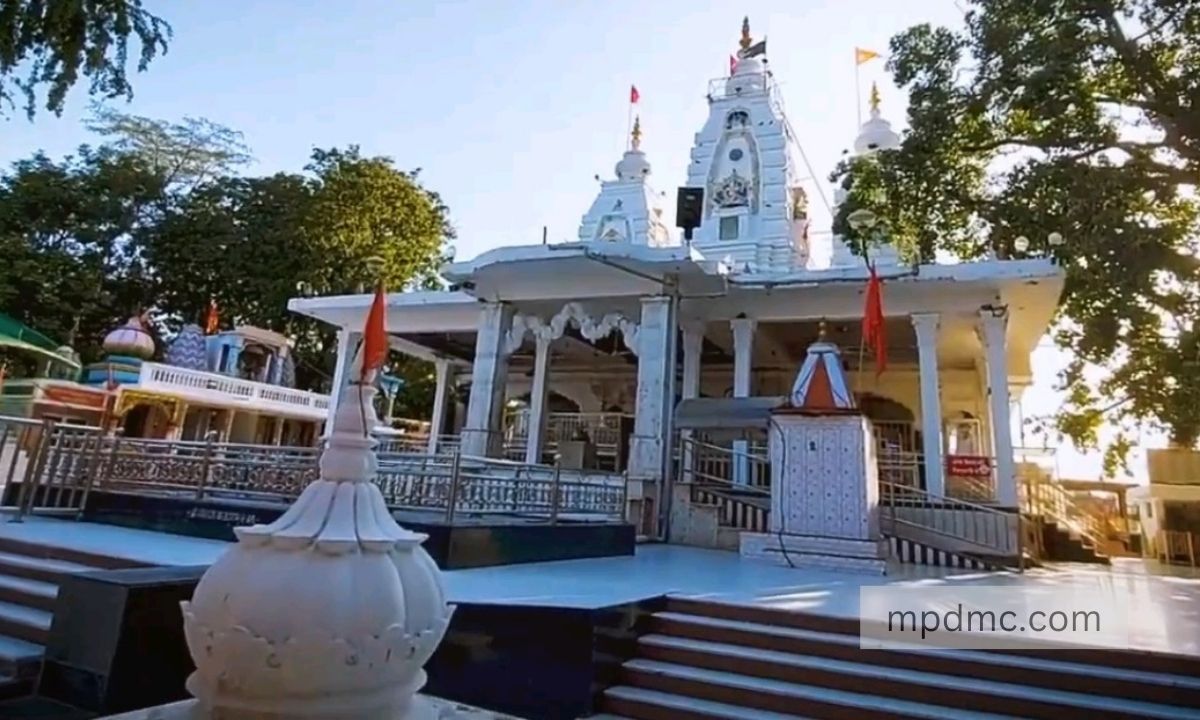
Khajrana, Madhyapradesh
Make a wish at the khajrana ganesh temple
- Madhya-pradesh DMC
- Posted: 03 October 2024
What Makes Khajrana Special?
Khajrana may not be as famous as other Indian destinations, but its unique blend of spirituality, culture, and local charm makes it stand out. The town is particularly known for the Khajrana Ganesh Temple, an important pilgrimage site for devotees of Lord Ganesha. Located in Indore District, Khajrana is an integral part of the state's spiritual landscape.
Khajrana Ganesh Temple:The holy Khajrana Ganesh Temple is the focal point of Khajrana's importance. Thousands of people visit this centuries-old temple every year, particularly during Ganesh Chaturthi, when the celebrations are at their height. The temple is renowned for granting its followers their desires and is home to a stunning image of Lord Ganesha. People come here to seek blessings for happiness, success, and wealth from all walks of life.The temple is both a visual feast and a place of spiritual refuge because to its exquisite blend of traditional and modern design.
Historical Significance of KhajranaWith roots in antiquity, Khajrana has a rich historical background. Its significance is increased by its close proximity to Indore, Madhya Pradesh's commercial center. Tourists frequently combine their trip to Khajrana with a tour of Indore, which is well-known for its historical and cultural landmarks, including the Indore Museum, Rajwada Palace, and Lal Baag Palace.
Location.
Khajrana is located in the state of Madhya Pradesh, India, specifically within the Indore District. It lies on the outskirts of Indore, the largest city in the state, and is approximately 15–20 kilometers away from the city center. This makes Khajrana easily accessible for travelers visiting Indore as well.
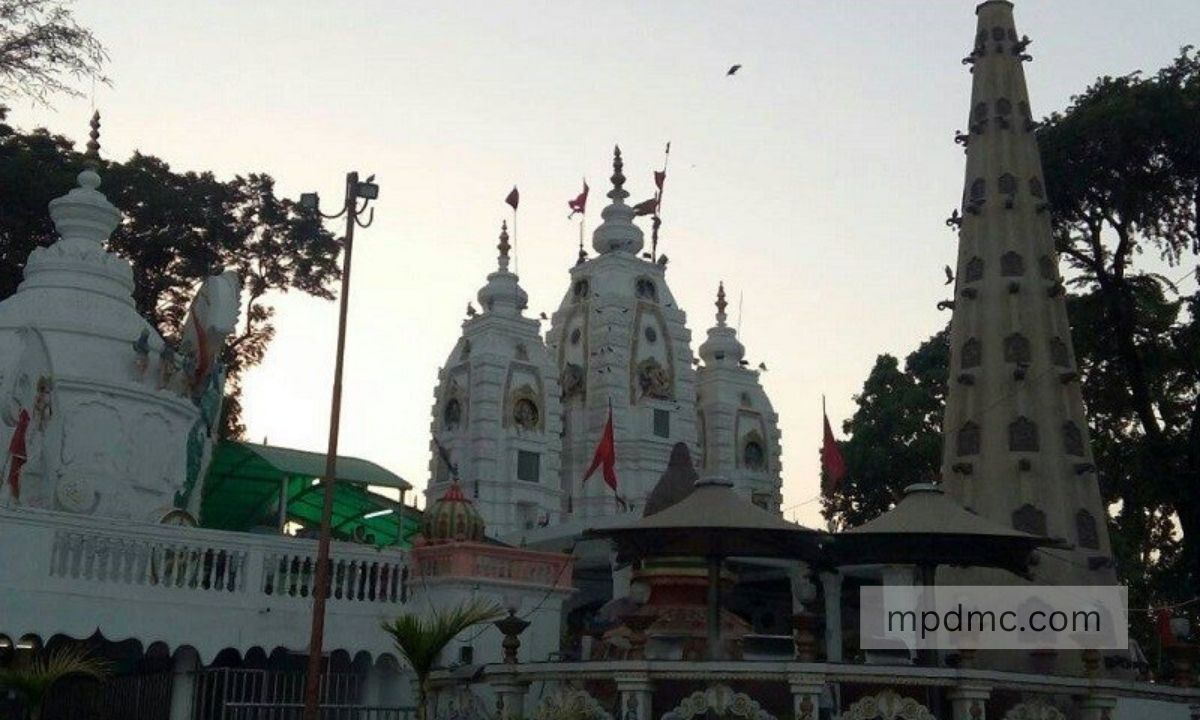
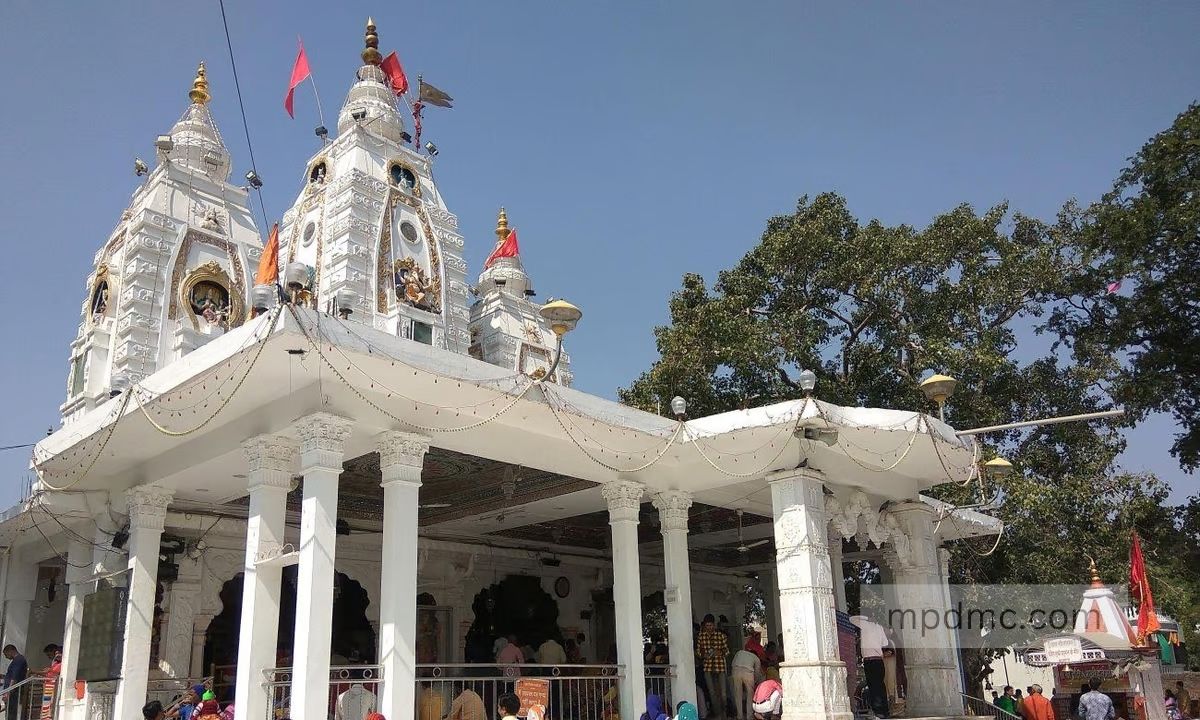

History.
Khajrana, a serene town located in the Indore District of Madhya Pradesh, has a history steeped in spirituality, culture, and heritage. While it may not be widely known for its ancient palaces or forts, Khajrana holds significant historical value due to its association with religious traditions and its role as a center of pilgrimage.
The Khajrana Ganesh Temple is the city's most famous historical landmark. It is thought to have been constructed in the 18th century during the reign of Rani Ahilyabai Holkar, a respected queen of the Holkar dynasty. The elephant-headed deity Lord Ganesha, who is revered by many as the remover of barriers and the source of wealth and success, is the object of the temple.
According to legend, Lord Ganesha gave Rani Ahilyabai the order to erect a temple on the location following a vision. The temple thus developed into a major hub of religious activity and a revered site for followers all over the nation. For ages, travelers from all over the world have been drawn to the temple because of the idol of Lord Ganesha, which is thought to have heavenly powers.
Features.
- Khajrana Ganesh Temple Religious Significance the most important landmark in the town is the Khajrana Ganesh Temple, which welcomes thousands of pilgrims annually, particularly during Ganesh Chaturthi. It is home to a venerated idol of Lord Ganesha, who is renowned for fulfilling wishes and removing obstacles from followers' life.Historical Legacy: Constructed by Rani Ahilyabai Holkar in the 18th century, the temple is a representation of the Holkar dynasty's cultural legacy and a mark of dedication and faith.Architectural Beauty: The temple is a calm location for spiritual seekers since it blends old and modern architectural forms, features elaborate carvings, large courtyards, and a tranquil ambiance.
- Spiritual Significance Connection to the Holkar Dynasty Khajrana was a significant location during Rani Ahilyabai Holkar's reign, and the town's history is linked to the Holkar dynasty. The area was profoundly impacted by the queen's aim for fostering religious and cultural peace.Traditional Temples and Architecture In addition to the Ganesh temple, Khajrana is encircled by numerous temples and historical landmarks, which demonstrate the area's strong ties to traditional Indian architecture and spirituality.
- Historical and Cultural Heritage The Tribal Museum offers more than just static displays. It has several interactive exhibits that allow visitors to engage with the material in a deeper way. These exhibits include audio guides and digital displays, and even some hands-on experiences, making it an ideal destination for both adults and children alike.
- Proximity to Indore Travelers will find Khajrana to be an easy accessible resort because it is only 15 to 20 kilometers away from Indore. Due to its great air, train, and bus accessibility, Indore, a major city in Madhya Pradesh, makes it easy for tourists to visit KhajranaGateway to Other Attractions: Visitors visiting Khajrana may want to extend their stay by taking a tour of Indore, which is renowned for its colorful street food culture, palaces, and busy marketplaces. Because Khajrana is close to Indore, tourists can enjoy the area's urban attractiveness as well as its spirituality.
- Natural Beauty About 35 kilometers from Khajrana sits the Patal Pani Waterfall, a breathtaking natural wonder that provides a tranquil haven amidst verdant surroundings. Both locals and visitors love it as a place to have a picnic. Ralamandal Wildlife Sanctuary is a sanctuary for those who enjoy the outdoors and wildlife. It is ten to fifteen kilometers from Khajrana. Numerous animal and bird species can be found there, providing chances for nature hikes and wildlife photography.
Madhya Pradesh's Khajrana is a singular fusion of historical significance, natural beauty, spiritual devotion, and cultural legacy. Khajrana provides a rich and serene experience that attracts tourists from all walks of life, from the famed Khajrana Ganesh Temple to the nearby historical and natural attractions. Khajrana's numerous attractions make it a must-see location in Madhya Pradesh for anybody interested in religion, history, or the outdoors.

